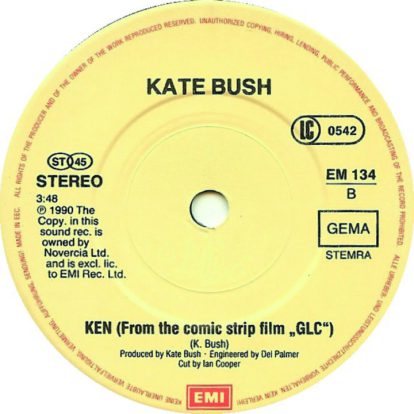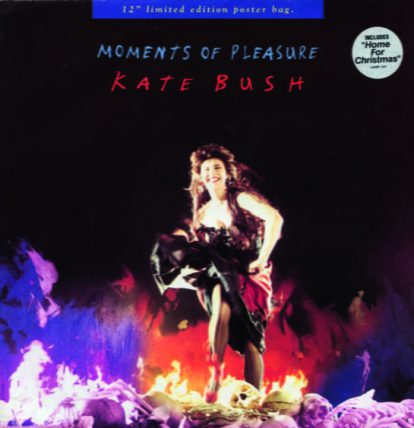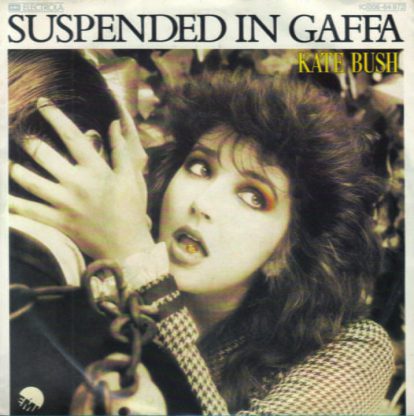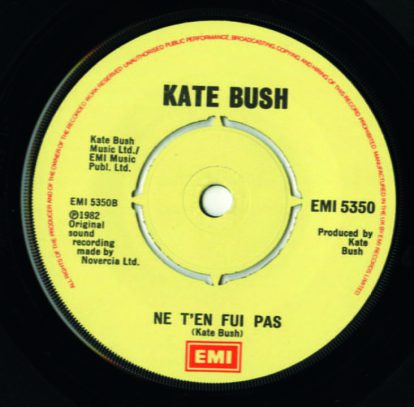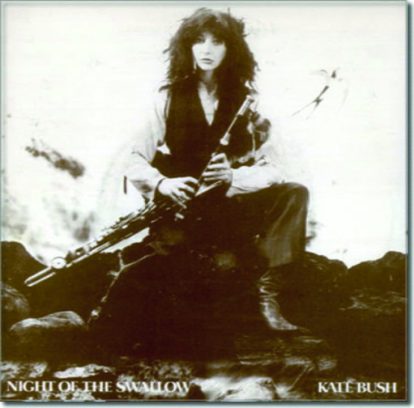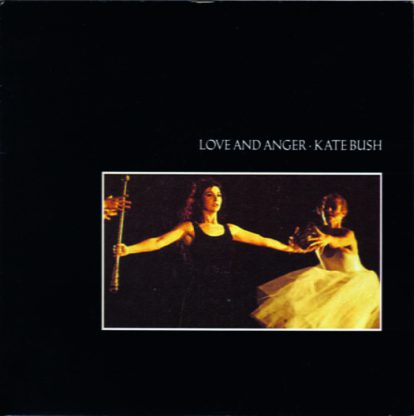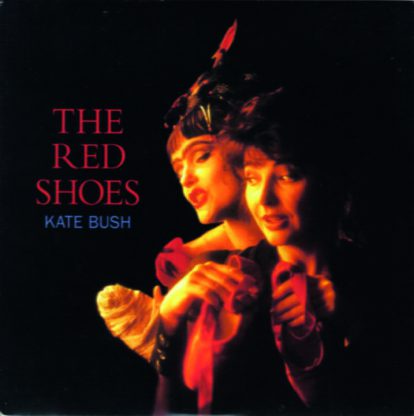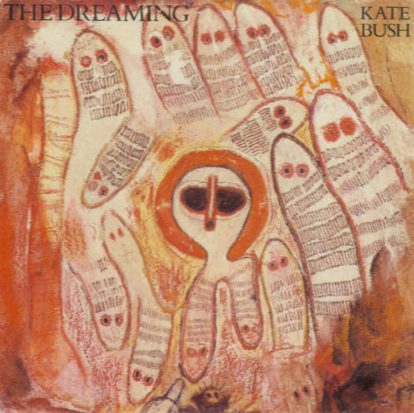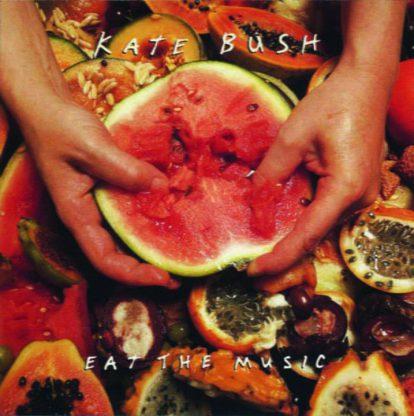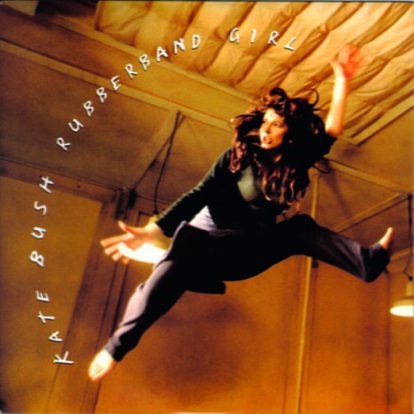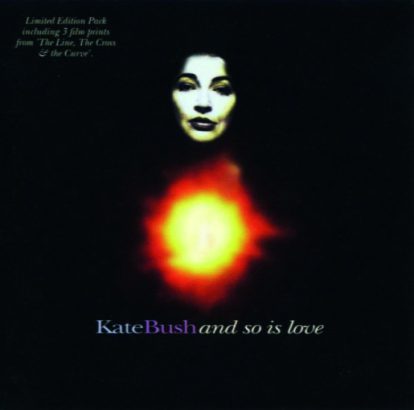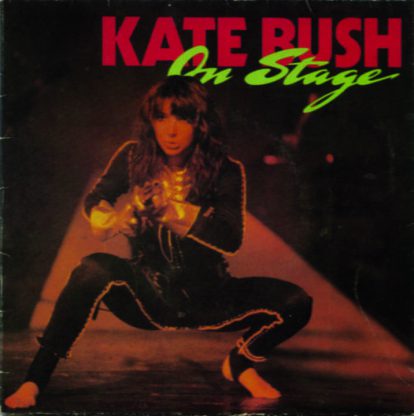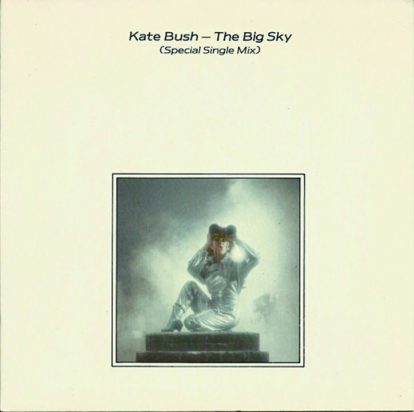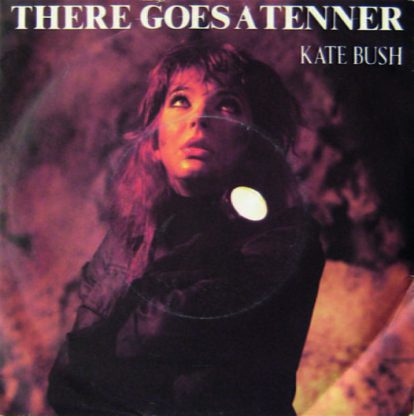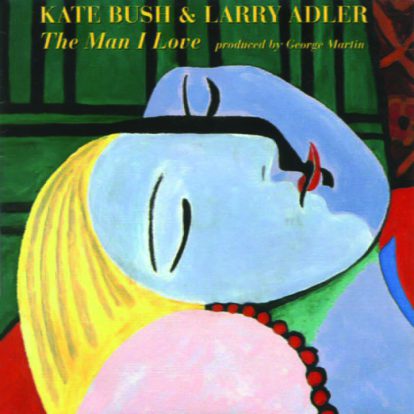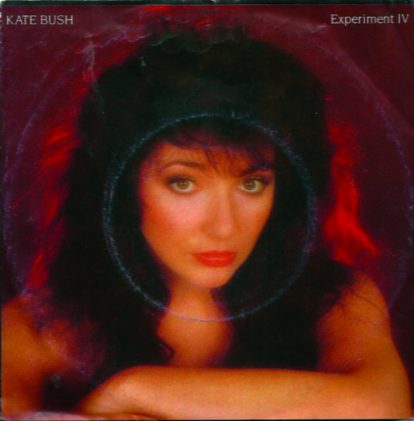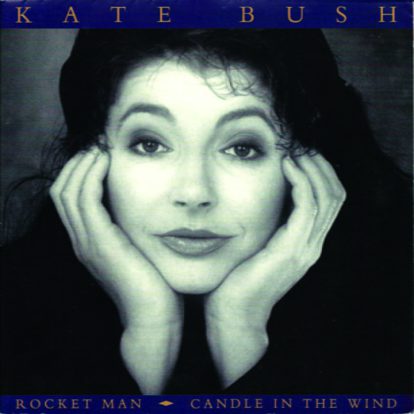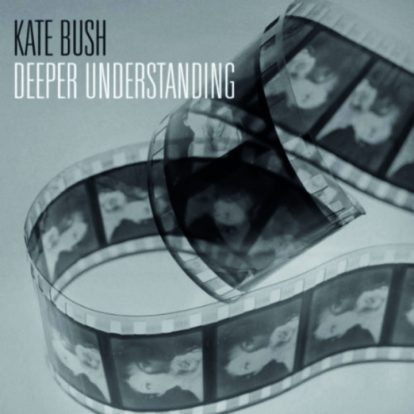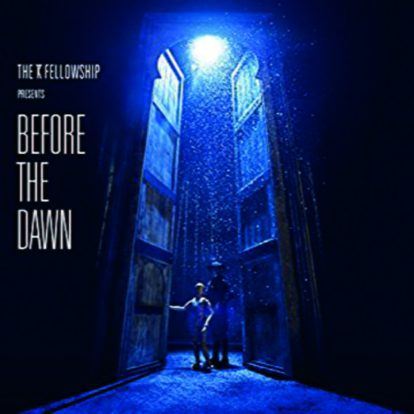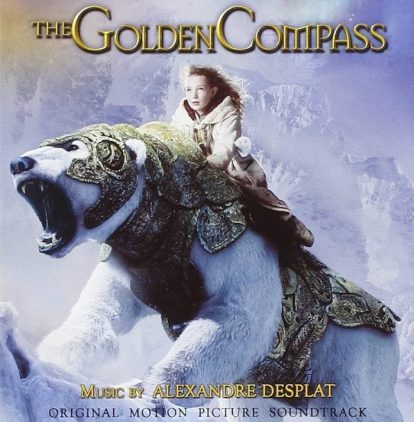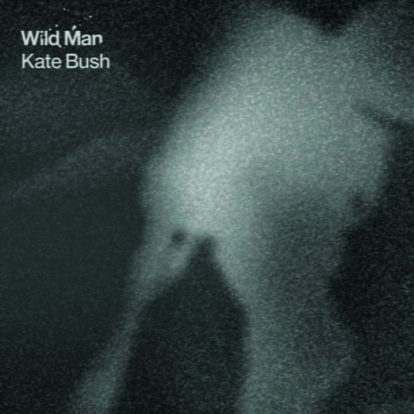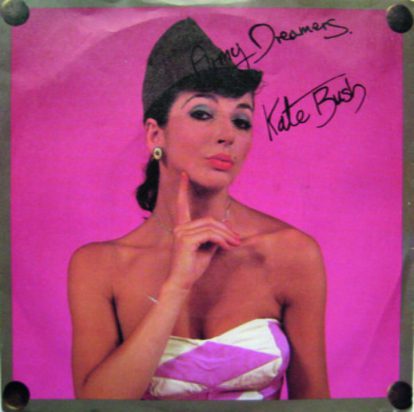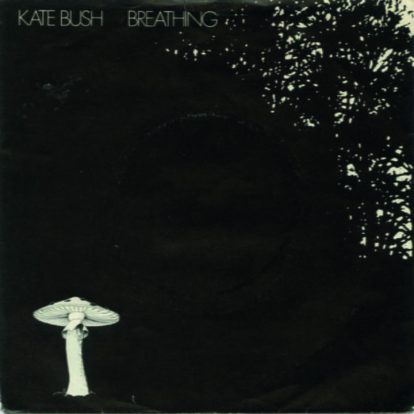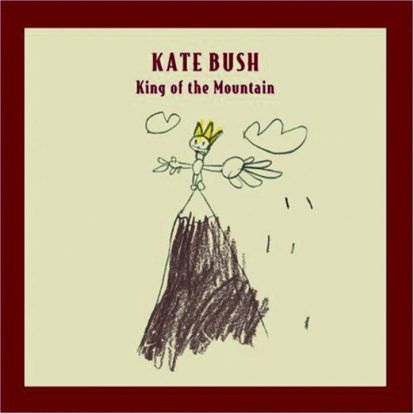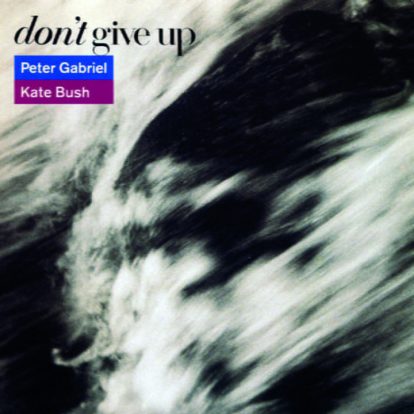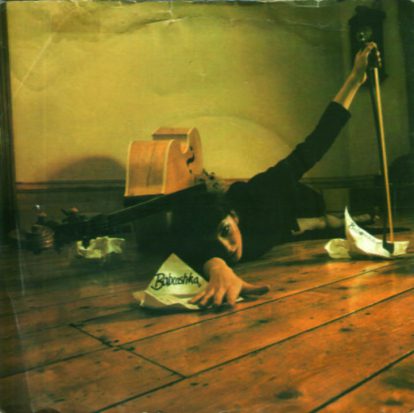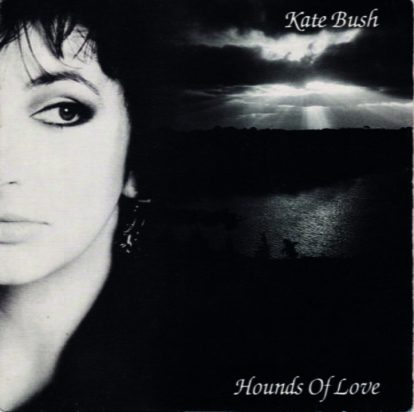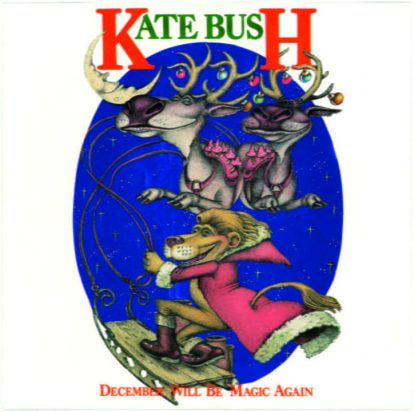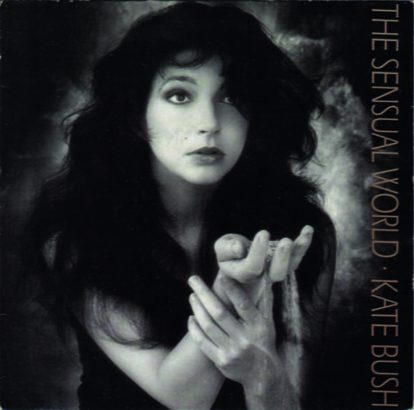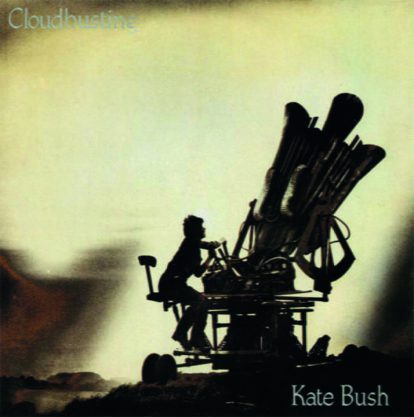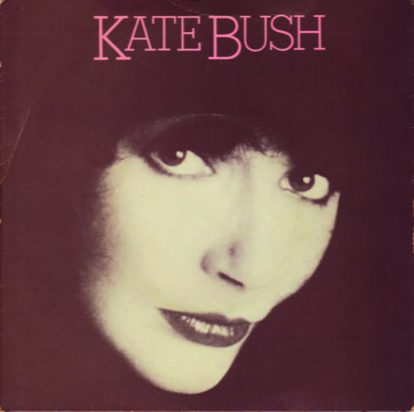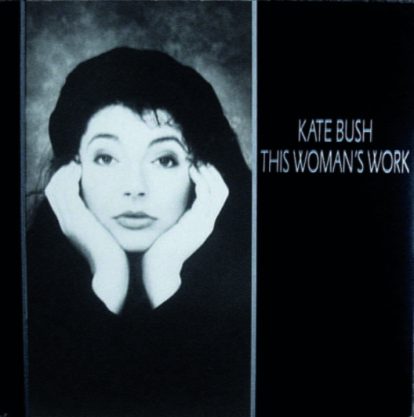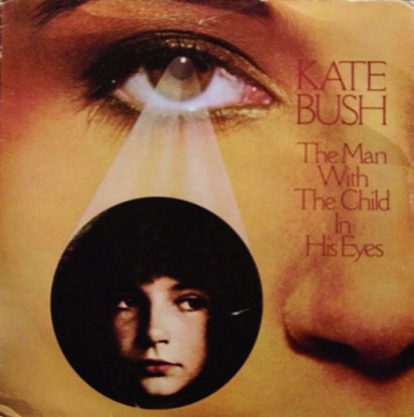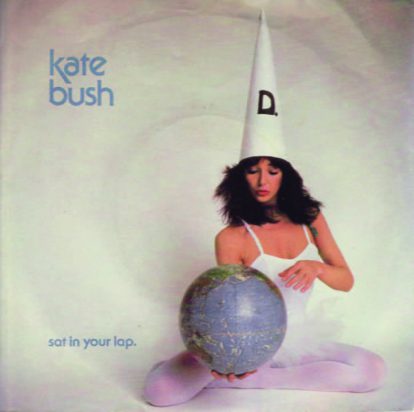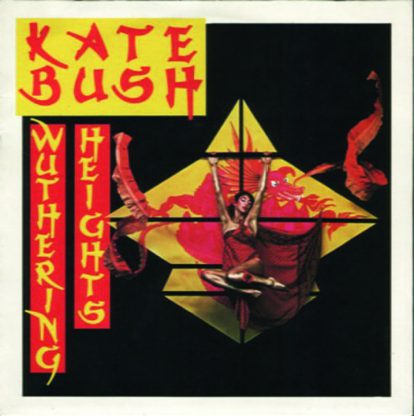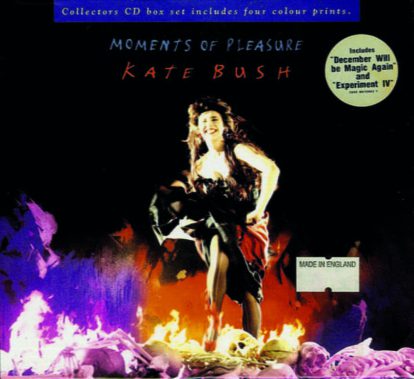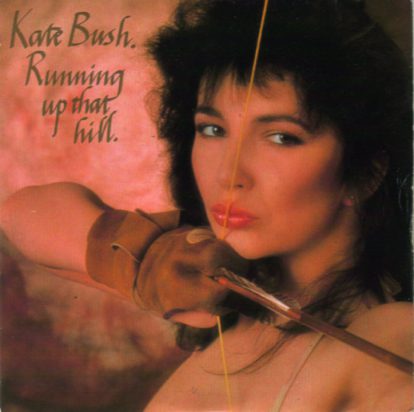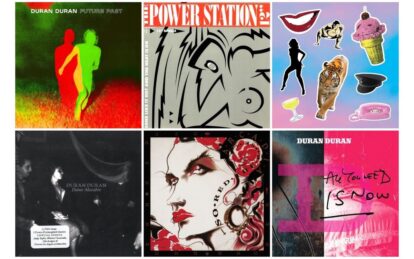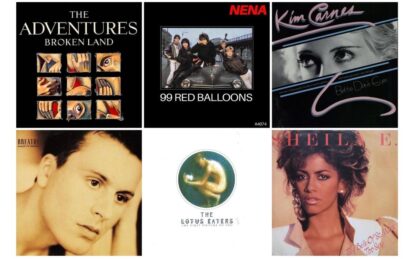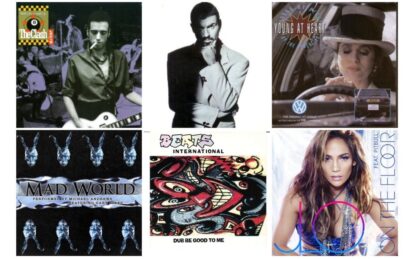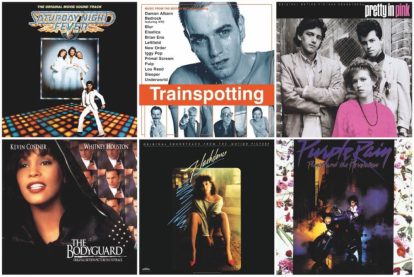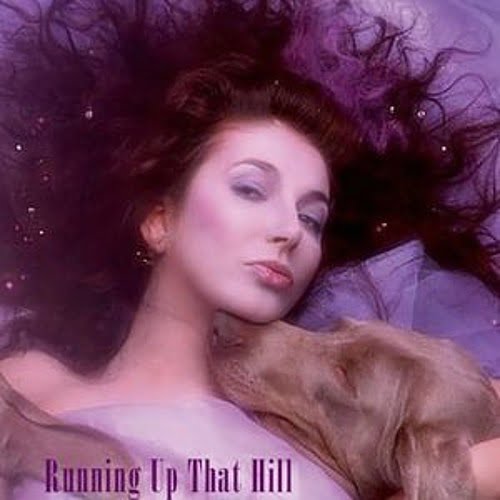
For our Top 40 list of the best Kate Bush songs we looked back over the singer’s 40-plus-year career…
4o Ken, 1990
Few people would expect to find a Kate Bush deep cut on the soundtrack to GLC: The Carnage Continues, a 1990 Comic Strip Presents… TV episode about Ken Livingstone and the Greater London Council, but Kate had a long history of working with comedians. The Shaft-referencing Ken was released with other tracks from the soundtrack as the B-side to Love And Anger.
39 Home For Christmas, 1992
This was Kate’s contribution to another Comic Strip Presents… concoction, a tale of avian revenge entitled Wild Turkey. The first of two festive offerings in this list, Home For Christmas is often overlooked due to its relative unavailability in comparison to December Will Be Magic Again. It was released as the B-side to Moments Of Pleasure, and Kate’s kindly now popped it on Spotify too.
38 Suspended In Gaffa, 1982
Gaffa/gaffer is, of course, the infamously tough and sticky black tape widely brandished in the theatre and rock industries. Mysterious and yet deeply autobiographical, Suspended In Gaffa seems to touch upon the subjects of God, of feelings of powerlessness and of the difficulty of proving one’s own worth. It was released as single across Europe and Australia, but not in the UK.
37 Ne t’enfuis pas, 1982
With French lyrics by Patrick Jeaneau and Vivienne Chandler, Ne T’enfuis Pas (Don’t Run Away) sees Bush envisioning herself as a slowly stalking cat and her lover as a bird; whatever is about to happen, it seems highly likely that feathers will fly. Released as the B-side to There Goes A Tenner, the song’s title was misspelt on the label as Ne T’en Fuis Pas, which means nothing at all. The clots.
36 Night Of The Swallow, 1982
Released as a single from The Dreaming only in Ireland due mainly to the musical presence of members from the popular traditional-based Irish acts Planxty and The Chieftains, Night Of The Swallow tells the tale of a lover pleading with her smuggler boyfriend for him not to go out on another job; however, he gets a bit uppity and tells her not to tie him down. It became an Irish No. 12 in 1983.
35 Moving, 1978
A tribute to her dance teacher Lindsay Kemp, The Kick Inside’s opener Moving was only released as a single in Japan – and Wuthering Heights, rather incredibly, was relegated to the B-side. Sadly, in that country it did only modest business despite Kate having performed the song at the Tokyo Music Festival in front of a TV audience of 35 million. Maybe the whale sound at the start put them off.
34 Love And Anger, 1989
The first song written but the last one completed two years later for The Sensual World, Kate struggled with Love And Anger’s subject: “This is about who you can or cannot confide in when there’s something you can’t talk about. Who did I have in the lyrics? Was it sister or mother? I can’t remember.” David Gilmour’s solo apparently helped, and it made the album – and also reached No. 38 in 1990.
33 The Red Shoes, 1994
This song about enchanted ballet slippers from the album of the same name – and the key track from her film The Line, The Cross And The Curve, which co-starred Miranda Richardson with choreography from Kemp – saw Kate venture into dance remixes, with a second CD single release featuring a clanking 10-minute remix entitled Shoedance that sadly failed to ignite any dancefloors.
32 The Dreaming, 1982
Originally entitled The Abo Song, this Aboriginal-themed tune about sacred ground being used for uranium mining is probably more problematic these days because of the presence of disgraced entertainer Rolf Harris on digeridoo, denying it much airplay. It only managed to get to No. 48 when Kate chose to make a comeback with it in 1982, after a career gap of 18 months.
31 Eat The Music, 1991
This hypnotic, hi-life inflected song on the subject of embracing honesty in relationships was enlivened by a video crammed full of squashy fruit. It was released in the states on Columbia as the lead-off from The Red Shoes (everywhere else went with Rubberband Girl). A few copies were pressed by EMI in the UK but were later recalled before it was finally released across Europe in 1994.
3o Rubberband Girl, 1993
According to Kate, Rubberband Girl was her least favourite track on The Red Shoes. This fact hardly boded well when the song was released as the very first single from the album in 1993, but it hit the Top 12 regardless. “I had considered taking it off, to be honest, because it didn’t feel quite as interesting as the other tracks. It’s just a silly pop song, really,” she revealed to Mojo in 2011.
29 And So Is Love, 1994
Released as a single in 1994, And So Is Love also saw Kate return to the spotlight of the Top Of The Pops studio for the first time since 1985. Keen-eared Bush fans will be aware that there are two versions of the song: the album version from 1993, and the version from Director’s Cut in 2011, on which the key lyric “But now we see that life is sad” is tellingly changed to “But now we see that life is sweet”.
28 Them Heavy People (Live), 1979
Them Heavy People was the lead track from Kate’s On Stage EP, which climbed to No. 10 in the autumn of 1979. The disc carried four numbers recorded at the Hammersmith Odeon on 13 May 1979 from her sole tour to date. She did release a whole live ‘album’ on video from the tour, but those versions of these songs differed somewhat, despite claiming to be recorded on the same day.
27 The Big Sky, 1986
Released as the fourth and final single from Hounds Of Love, The Big Sky reflects on the simpler things one used to do when younger. According to Kate’s newsletter in 1985, it’s about “someone sitting looking at the sky, watching the clouds change… I think we forget these pleasures as adults. We feel silly about what we used to do naturally.” It marked Kate’s first foray into video directing.
26 There Goes A Tenner, 1982
A tale of a bungled bank robbery, seen through the eyes of a paranoid perpetrator who starts freaking out at the size of the heist he’s become involved with, There Goes A Tenner was a one-off single which has been pretty much been erased from history due to the lack of interest in it at the time. Even the sound of Kate virtually inventing Blur with her Mockney accent wasn’t enough to push it past No. 93.
25 Be Kind To My Mistakes, 1987
Originally written for the soundtrack of the 1986 Nic Roeg-directed movie Castaway (hence the appearance of hellraising actor Oliver Reed, who is heard muttering the title). While the song exists in various versions, the original soundtrack version was released as a single in Germany with the Brian Eno track Chemistry on the flip; a remix also pops up as the B-side to This Woman’s Work.
24 The Man I Love, 1994
Written in 1927, this classic tune was dropped from the stage show Lady Be Good until heiress and face-about-town Lady Mountbatten fell in love with it; soon, dance bands began covering the song and it became hugely popular. Kate Bush recorded her version in 1994 for the album The Glory Of Gershwin, which also featured Cher, Peter Gabriel and Robert Palmer, plus Larry Adler on harmonica.
23 Experiment IV, 1986
Recorded as a new track for her hits collection The Whole Story, Experiment IV was about a secret military plan to develop a sound, a black noise, that could kill people. The video, directed by Kate and starring Gary Oldman, Dawn French and Hugh Laurie, was banned by Top Of The Pops for being too violent. She did, however, perform it live on Wogan with violinist Nigel Kennedy.
22 Rocket Man, 1991
Lifelong fan Kate was asked to contribute to an album of covers of Elton John and Bernie Taupin songs. “If you cover records, you should try and make them different,” the singer mused. “It’s like remaking movies: you’ve got to try and give it something that makes it worth re-releasing. And the reggae treatment just seemed to happen, really.” Her version reached No. 12 in 1991.
21 Hammer Horror, 1979
From her second album, Lionheart. The song is not, as many first thought, about Hammer films, but about an actor replacing a friend who died portraying The Hunchback of Notre Dame. “It was inspired by seeing James Cagney playing the part of Lon Chaney playing the hunchback – he was an actor in an actor in an actor, rather like Chinese boxes, and that’s what I was trying to create,” confirmed Bush.
20 Deeper Understanding, 2011
Kate’s original 1989 version foreseeing the possibilities of becoming too involved with technology – “You can get your shopping from the Ceefax!” – seemed prescient at the time, so when it was released in a new version ahead of Director’s Cut, it took on a new relevance. The video featured her son as the voice of the computer, plus comedians Robbie Coltrane and Noel Fielding.
19 And Dream Of Sheep (Live), 2016
And Dream Of Sheep began The Ninth Wave suite on the Hounds Of Love album in 1985. It’s a song about being “left alone in the water for the night”; Bush recreated the song for her shows in 2014, recording and filming a video in a tank at Pinewood Studios and using the results in the Hammersmith shows. A ‘live’ version was released in 2016 ahead of the Before The Dawn album release.
18 Lyra, 2007
Recorded for the film The Golden Compass, this one-off crept out at the end of 2007. The short notice of the commission – which also stipulated that the song should reference the lead character, Lyra Belacqua – meant Kate ended up writing and recording it in 10 days. The Magdalen College Oxford Choir recorded their parts to an early demo, and the song can be found on the original soundtrack.
17 Wild Man, 2011
From 50 Words For Snow, Wild Man sees Kate referring to the various names the Yeti is known by, but as she explained to The Quietus in 2011, “I don’t refer to the Yeti as a man in the song. But it is meant to be an empathetic view of a creature of great mystery, really.” With an accompanying short film, it was released as a download only, but some rare promos were pressed; they go for silly money.
16 Army Dreamers, 1980
This No. 16 hit from 1980 gives voice to a grieving mother mourning the waste of her young son, who is killed while serving in the army. Though the song contained Irish accents, it wasn’t specifically about that conflict: “I’m not slagging off the Army, it’s just so sad that there are kids who have no O-levels and nothing to do but become soldiers, and it’s not really what they want. That’s what frightens me.”
15 Breathing, 1980
Songs from the point of view of a foetus had yet to be a thing until Kate came along with her Pink Floyd-inspired number Breathing in 1980. Based around the threat/aftermath of a nuclear event – there’s a spoken-word description of bomb fallout on the album version – there’s a possibility that breathing in nicotine was the least of the unborn’s worries. John Giblin supplied the superbly melodic bass.
14 King Of The Mountain, 2005
Written a good decade before its eventual release as part of Aerial, King Of The Mountain – her first single in 12 years – wonders if Elvis is still out there, somewhere living normally, having been subjected to such intense fame during his career. It also referenced parallels between Presley and Citizen Kane, hence ‘Rosebud’. Her biggest hit in over 20 years, it went to No. 4 in the autumn of 2005.
13 Don’t Give Up, 1986
Peter Gabriel had written Don’t Give Up with Dolly Parton in mind for the female part. Unfortunately she didn’t fancy it, so he asked previous backing vocalist Kate (she had sung on Games Without Frontiers) to step in. Bush wasn’t sure about her first vocal, so she went back to Gabriel’s house to re-record it. The duo sang it live on one occasion, at Earl’s Court in 1987. It reached No. 9 in late 1986.
12 Babooshka, 1980
A wife tries to test her husband’s loyalty, and becomes the ‘Babooshka’ in the title, although babooshka actually translates as ‘grandmother’, which could prove awkward. It was a series of coincidences – an opera, the name of a friend’s cat – that prompted Kate to stick with it. She performed it on a Dr Hook TV special and created a character with dual-sided make-up to ram the point home.
11 Hounds Of Love, 1985
A song about people’s fear of falling in love, encouraging them to throw off their worries and take the plunge. As Kate advises, “Maybe being involved isn’t as horrific as your imagination can build it up to being – perhaps these baying hounds are really friendly.” It was covered by the Futureheads in 2005; Kate left a message for them on the phone at their studio, but they were too terrified to phone her back.
Read more: The Lowdown – Kate Bush
10 December Will Be Magic Again, 1980
December Will Be Magic Again was premiered (in its “bongo version”) as part of Christmas Snowtime Special, a BBC compilation of pop appearances from the likes of Abba, Boney M and Leo Sayer, on December 22nd, 1979. Bush then performed it as part of her own TV special on the 29th, and it was released as a one-off single in November 1980.
9 The Sensual World, 1989
After hearing a rendition of the closing soliloquy from James Joyce’s Ulysses, Kate was inspired to write a song using chunks of it, assuming the copyright was public domain. After a year of attempts to obtain permission to use it, she settled on rewriting the words. Kate said at the time, “It turned into a pastiche, and that’s why the character, Molly Bloom, steps into the real world and becomes one of us.”
8 Cloudbusting, 1985
Peter Reich’s The Book Of Dreams is about his relationship with his psychologist/philosopher father Wilhelm Reich, inventor of a ‘life energy force’ called orgone, who was pilloried for his beliefs in the 1950s. “The book is full of imagery of an innocent child and yet it’s being written by a sad adult, which gives it a kind of personal intimacy and magic that is quite extraordinary,” said Bush.
7 Wow, 1979
Wow and its video of a whirling Bush became ripe for parody from the comics of the day. “It was sparked off when I sat down to try and write a Pink Floyd song, something spacey; I’m not surprised no-one has picked that up, it’s not really recognisable as that, in the same way as people haven’t noticed that Kite is a Bob Marley song, and Don’t Push Your Foot On The Heartbrake is a Patti Smith song.”
6 This Woman’s Work, 1989
This song first appeared on the soundtrack to John Hughes’ 1988 film She’s Having A Baby. Hughes sent Kate clips of an emotional flashback sequence; written quickly as she watched the rushes, it became the first song completed for The Sensual World, where a re-edited version would end up a year later. It’s been a hit in 1989 (reaching No. 25), 2008 (76) and as a Director’s Cut version, 2012 (63).
Read more: Making The Hounds Of Love
5 The Man With The Child In His Eyes, 1978
Famously written when she was 13, and recorded at 16 under the guidance of David Gilmour in front of an orchestra that scared her. Kate explained the song: “It was a theory that I had had for a while that I just observed in most of the men that I know: the fact that they just are little boys inside and how wonderful it is that they manage to retain this magic.”
4 Sat In Your Lap, 1981
A song about knowledge: “The more you learn, the more ignorant you realise you are and that you get over one wall to find an even bigger one.” It was a rowdier departure from the singles released so far, more percussive and synth based, with a vocal that Kate imagined being sung high on a hill on a windy day. Originally a single in June 1981, it became part of The Dreaming album in 1982.
3 Wuthering Heights, 1978
Where it all began. It’s hard now to imagine the impact that this had when released as Kate’s first single in January 1978, having been held back so as not to compete with Mull Of Kintyre. There is only the one version, and Bush irked some fans slightly when she re-did the vocal for The Whole Story in 1986. It was, astonishingly, the first UK No. 1 single written and performed by a female artist.
2 Moments Of Pleasure, 1993
Written about her mother, specifically the line “to those we love, to those who will survive”, Moments Of Pleasure has shapeshifted over the years from the version on The Red Shoes to the one on Director’s Cut, where she removed the chorus and created more of a narrative. Both are capable of reducing even the hardest heart into a sobbing wreck. Released as a single in November 1993, it reached No. 26.
1 Running Up That Hill (A Deal With God), 1985
Why have we put Running Up That Hill at the very top of our list? In fairness, any of our top five could argue its case for the top slot. For us, however, this is not just a song that enjoys near-iconic status, but it also marked a key moment in Bush’s musical timeline, where she started to slow down and take more control of her career after a near-frantic four albums in five years.
Written in 1983 as the first song for Hounds Of Love, it would also be the oldest song in her setlist at the Before The Dawn shows.
It marks almost a rebirth for Kate and signposts the journey her music would take in the subsequent three decades, with a foundation on theories of love and relationships. “It is very much about the power of love, and the strength created between two people when they’re very much in love,” she allowed, “but the strength can also be threatening, violent, dangerous as well as gentle, soothing, loving.”
The Power Of Love
Bush herself refers to the song using the original title of A Deal With God, but EMI weren’t wild about a song with “God” in the title, as they feared it wouldn’t go down well in certain territories around the world. Kate relented on this occasion, although the full title is on the album. EMI also wanted Cloudbusting to be the first single, as it was more suited to the Bush work they’d released before. The artist put her foot down firmly there, thankfully.
Hitting No. 3 in 1985, it opened the way for Hounds Of Love to become her biggest-selling album, something Cloudbusting, with all its charms, might not have pulled off as well. It was revisited in 2012 as part of the closing ceremony of the London Olympics, when a reswizzled version – with Kate singing a fresh vocal over the original 12-inch mix – and reached a creditable No. 6.
The track gained renewed attention in May 2022 after it was featured repeatedly in the fourth season of the Netflix series Stranger Things. Reaching No.1 in the UK, it was Bush’s second UK chart topper after Wuthering Heights in 1978, making her the solo artist with the longest gap between two No.1 singles on the chart – the 37-year gap between the single’s release and it reaching number one was also a chart record.
Visit Kate Bush’s website here
Sign up for the Classic Pop newsletter
In the mood for more Kate Bush? Check out our This Woman’s Work: Kate Bush in the 80s article
Classic Pop may earn commission from the links on this page, but we only feature products we think you will enjoy.

